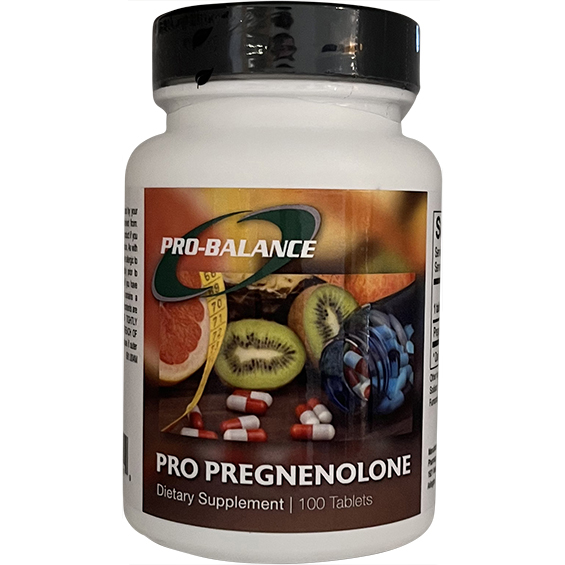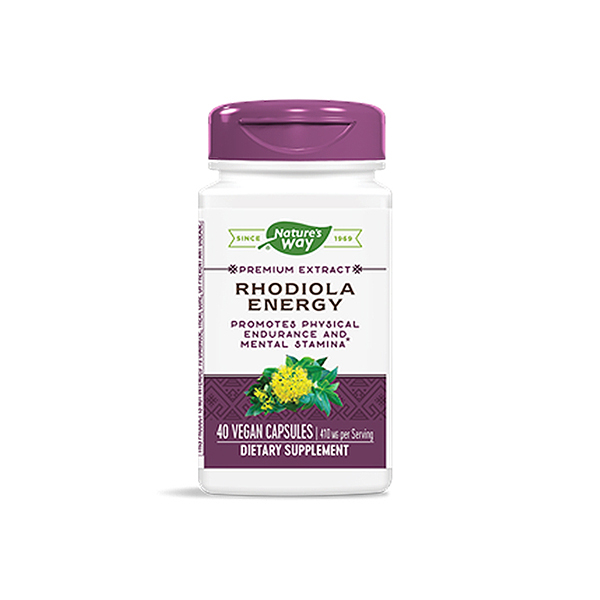Is Your Sunscreen Really Protecting You?

Building A Better You: Setting Resolutions for 2024
Discover achievable strategies to craft realistic New Year’s resolutions for a healthier you, paving the way for sustainable wellness and self-improvement.

Polyphenols: How Colorful Foods and Natural Supplements Benefit Your Health
It seems as though the consumption of colorful fruits and vegetables is a cure-all – but why? To understand, let’s talk about polyphenols and their benefit to our hearts, minds, and waistlines.

Synapsin® and Autism
It is unclear that inflammation is the root cause of autism or merely a sign from an underlying issue, but this may help with symptoms of ASD or make it more manageable.
This is where the novel treatment Synapsin® comes into play.

Discovering the Health Benefits of 4-Aminopyridine (4-AP)
4-Aminopyridine (4-AP) is an important chemical compound used for a variety of applications in medicine, research, and industry.

Is Your Sunscreen Really Protecting You?
Do you know the difference between chemical and physical sunscreens? Chemical sunscreens absorb the sun’s rays which can cause skin irritation. Physical sunscreens deflect the sun’s rays since they contain ingredients such as zinc oxide or titanium dioxide. They help create a photostable layer on the skin’s surface and are not absorbed into the skin.
How is the Sunburn Protection Factor (SPF) measured? SPF is a relative measure of the amount of sunburn protection provided by sunscreens.
What do you need to know when buying a sunscreen? Spending time in the sun increases a person’s risk of skin cancer and may cause early skin aging.
- Try limiting your time in the sun, especially between the hours of 10 AM and 2 PM when the sun’s rays are at its strongest.
- Wear clothing to cover skin that is being exposed to the sun.
- Try using a water-resistant sunscreen if swimming or sweating.
- Reapplying sunscreen, even if water resistant, every 2 hours.
- See your physician every year for a professional exam.
You should be aware that no sunscreens are considered “waterproof” because they will wash away with water. In order to be considered “water resistant,” they need to be tested according to the required SPF testing procedure. They are also required to remain effective for 40 to 80 minutes when doing vigorous activities such as swimming, sweating or running when exposed to the suns rays.
What do SPF labels indicate? SPF value indicates the level of sunburn protection provided by the sunscreen product itself. An SPF test procedure measures the amount of Ultraviolet (UV) radiation exposure it takes to cause a sunburn versus how much UV exposure it takes to cause a sunburn when not using a sunscreen. Higher SPF values provide greater protection because this measures protection against sunburn caused by Ultraviolet B (UVB) radiation, SPF values only indicate a sunscreen’s UVB protection.
What is the difference between UVB rays and UVA rays? Ultraviolet B rays can be considered the “burning” rays which can affect the skin’s outer layer. They can also cause severe sunburns and tanning of the skin which can increase the risk of skin cancer. Ultraviolet A rays are considered the aging rays. They can deeply penetrate all layers of the skin which then in return damages on the cellular level as well as loss of collagen. It may also cause wrinkles, sun spots, age spots, loss of elasticity and pigmentation.
Does Zinc oxide provide better protection? It’s known to provide a broad variety range of UV protection. Chemical Ultraviolet protectors such as avobenzone, oxybenzone octocrylene, octisalate and homosalate absorb these Ultraviolet lights. Zinc oxide is also safe for the most sensitive skin types.
Related Products












